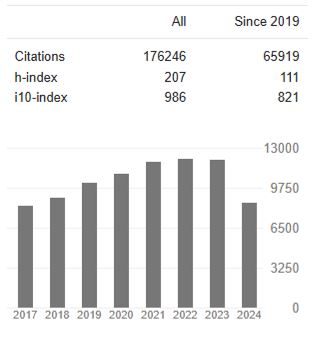Prevalence and Factors Associated with Renal Dysfunction Among hiv Infected Children Attending hiv clinic at Dodoma Referal Regional Hospital and Makole health Centre
Abstract
Abdul Rafey Usmani, David Mzava, Bonaventure Mpondo, Paschal J Ruggajo, Zahra D Khan, Kabakama C Clement
Background: Human Immunodeficiency Virus infection (HIV) is a multisystem disease that contributes to significant morbidity. Renal involvement is reported to be common among patients with HIV. This study was carried out to determine renal involvement using simple bedside tests combined with ultrasonography examination.
Methodology: A crossectional Study design was carried out and included, The Total number of 236 Children’s Infected with HIV were Recruited at Dodoma Regional Referral Hospital and Makole Urban Health Centre. During the study Population included HIV/AIDS Positive Children male and Female were aged less than 15 years whether on or not on HAART regimen. The study duration was carried out for the period of six months (6 months).
Results: The prevalence and factors associated with Renal dysfunction in HIV infected Children were among boys and girls Recruited infected children’s were 52.5% and 47.5% Respectively and were by those accounting below 5 years were 39.8% and among above of Five years of the age recruited were 60.2% .The association of the number of the infected children with renal dysfunction prevalence was 56% and The association between HIV with the renal dysfunction with the estimated eGlomerular Filtration (eGFR) of below <60ml/min of the patient recruited below five years were 7.6% and above 5< Years of Age recruited were 80.8% with significantly P Value <0.001.Enrolled Children with Proteinuria Investigated accounted for the 20.5 % .With this similar study that was conducted at MNH Fredrick et al which correlated with our study and findings. Proportional of the children with anemia account for Renal Dysfunction was 91.7% with significance P Value < 0.019.
Conclusion: The prevalence of renal dysfunction among recruited patients were 56% and this finding are higher compared to previously research study. The association of Renal Dysfunction that were included in the study showed proportional with the association of High viral load, low CD4 count, Drug adherence, Malnutrition, Comorbidities anemia and over all HIV Human Immuno deficiency Staging.




